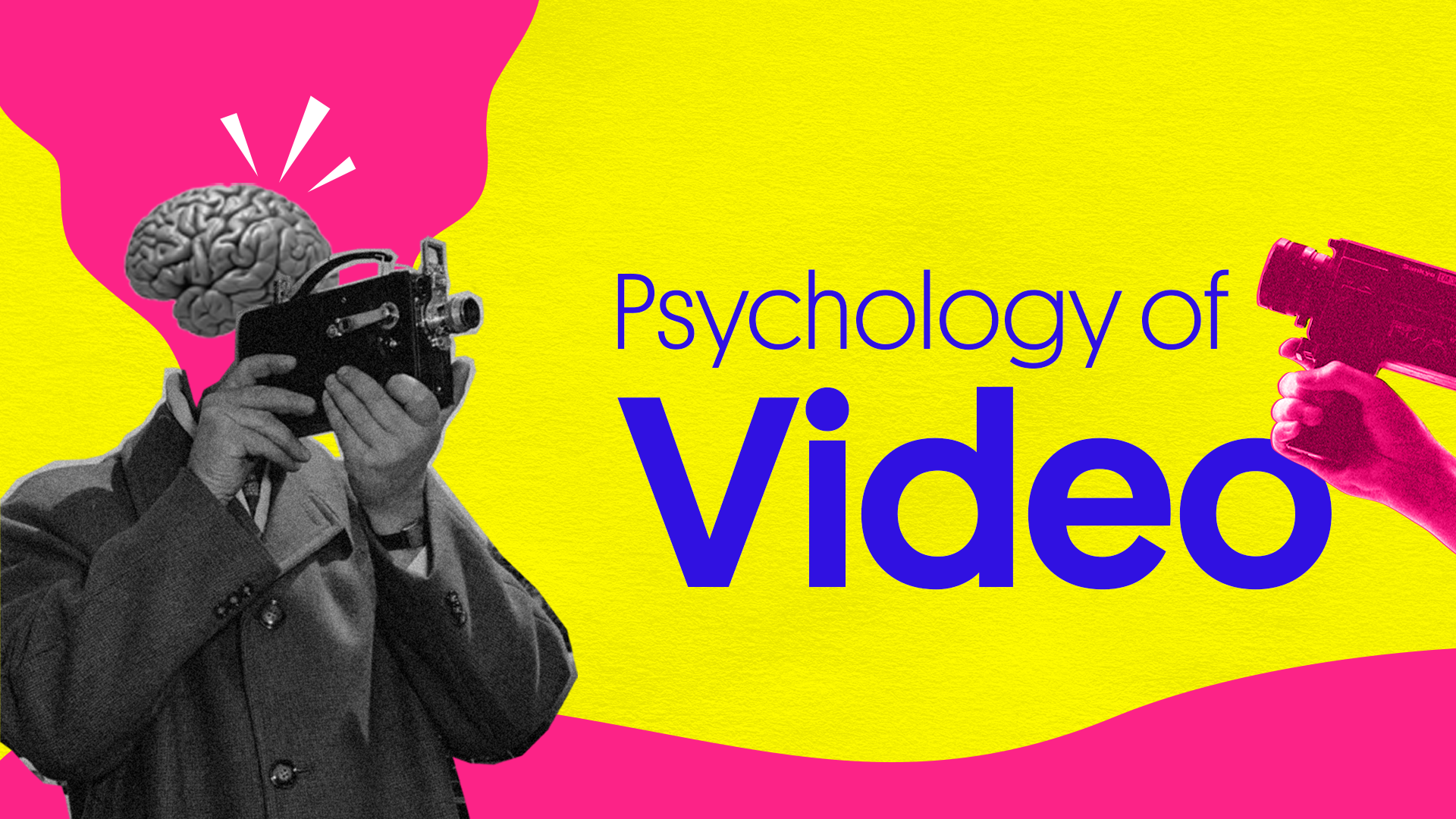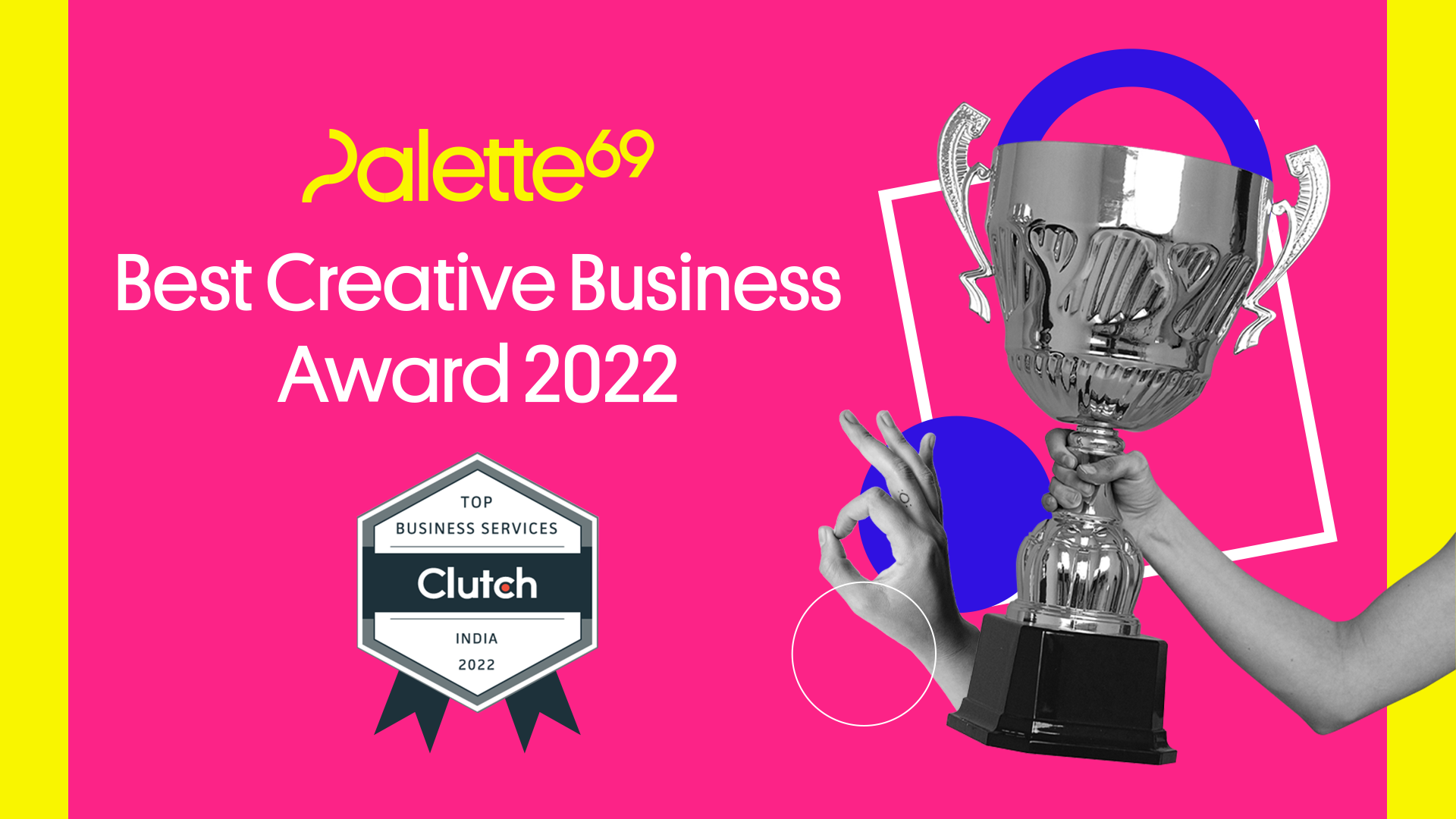If you watch a vlog of someone attending an event–such as a wedding–you feel almost as if you were there yourself and experienced it first-hand, isn’t it?
When you watch a movie, you start imagining yourself as the main character of the movie, don’t you? Videos have the power to evoke emotions in ways that reading text and looking at images cannot.
But why? Why is it that videos are so addictive and more engaging as compared to any other medium out there?
This article will help you understand how videos and emotions are inter-connected and how they can help you grow your business.
Video — where visual meets auditory
A mere 30-second video has the power to engage us in ways that text and pictures alone cannot. What is it about a video clip that captures our attention and helps us retain information?
More than any other medium, the video combines sight, sound and motion to create an emotional connection with an audience. The fact that we can see facial expressions and other nonverbal cues adds to the impact of a video.
We watch videos because it is engaging and entertaining. We watch video on our computers, phones and tablets because it is easy to consume. We share videos because they are memorable and help us connect with others.
Why do marketers use video?
It’s simple: Viewers buy! Video is the most engaging medium available to marketers today – when done right, it entertains, informs, inspires and motivates viewers to take action.
The reason why video is so effective is that it combines the three most powerful elements of human psychology:
Visuals: 85% of viewers watch videos without sound, and visuals are processed 60,000 times faster than text.
Motion: Movement holds our attention and triggers dopamine in the brain – even a subtle movement at the corner of your eye will pull you right out of reading a book.
Audio: Even though we tend to focus on visuals more, the sound is more impactful than motion when it comes to how we feel about a video.
While some marketers are still hesitant about using video as part of their strategy, with the abundance of online tools that make creating videos easier than ever before, there’s no excuse not to use them anymore. It’s no wonder that online video marketing is becoming one of the best ways to increase engagement and conversions.
Today, we’re creating more video content than ever before. Video is a fast and expansive medium. It can be used to educate, entertain and inspire — so what exactly makes a video engaging? The answer lies in understanding how our brains respond to video content.
What’s the relationship between Videos and emotions?
Whether you know it or not, you’ve been psychologically programmed since birth. Your parents have read to you, they’ve talked to you, they’ve played music for you, and they’ve shown you pictures and videos – all in an effort to help you learn about the world around you. You see, even before you could walk or talk, your brain had an insatiable desire to understand the world around it. And it did this by collecting data on the world through your senses.
Think about the last time you watched a video that made you cry. Why did it do that? Was it because of the story? Was it the music? The images? Most likely, it was a combination of all three.
Being a basic psychological need, we watch videos to satisfy our physiological needs. For instance, a person who is hungry might want to watch a video on how to cook his or her favourite dish. In other instances, we watch videos because of our desire to know more about something or someone. For example, a fan watching a video of his or her favourite celebrity’s latest release would want to feel closer to the celebrity by knowing more about him or her.
Realeyes: Humanising data through emotion measurement
The ability to interpret emotion that drives behaviour is a puzzle that we never had before. What if there was a way to know how your creative performs with your target audience’s attention levels and emotional responses?
Using an attentive reach model throughout a campaign can achieve significant impact gains and can reduce waste by as much as 30% through creative quality selection alone. Every day, people rely on facial expressions to communicate how they think and feel to others. This kind of non-verbal communication is a natural part of human behaviour.
Realeyes enables brands to tap into how audiences respond to their content and to know if, why, how, and when an emotional connection is made with consumers.
When it comes to reporting human emotions, Audience responses to content are aggregated and displayed with an attention curve, along with a heatmap trace of each emotion metric to diagnose the emotional response. Pivotal rises and falls in attention and emotional engagement are Key Moments, enabling marketers to know what’s driving their creative’s performance.
The 7 emotion metrics: Their proprietary artificial intelligence uses FACS, computer vision, and machine learning to decode facial expressions known as emotion recognition. This continual process improves accuracy to the point of interpreting emotions the same way humans do, reporting basic emotions and beyond including Happiness, Surprise, Disgust, Confusion, Fear, Empathy, and Contempt.
Conclusion
Videos can invoke such a strong emotion and connection which can ultimately help convert a viewer into a paying customer.
We at Palette69 have a global team of designers, developers, writers, and storytellers that believe in the concept of “Design, test, and iterate”. This gives us the privilege to deep dive into your vision, test relevant metrics based on human behaviour, and reiterate.
If you are looking for a psychology-infused video, audited by realeyes themselves, then you’re in the right place.
Connect with us to learn more about our services.
Writing Credit – Pranjali






